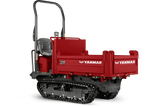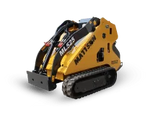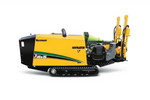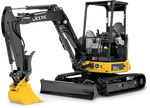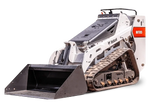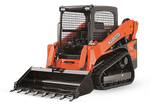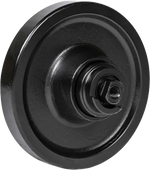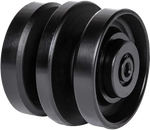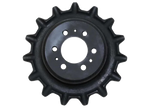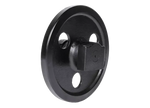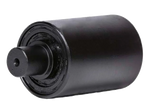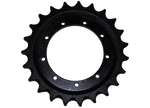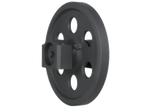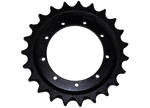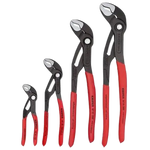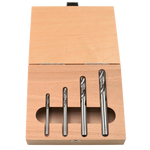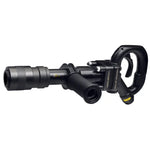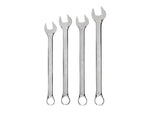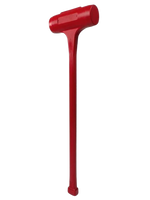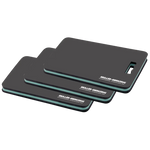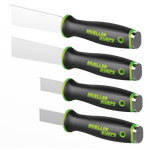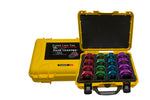6 Great Reasons to Buy Used Heavy Equipment
Written by Luis Montes Updated On Sep 12, 2023

Second-hand heavy equipment is a less attractive term than brand new. We often associate it with scratches, defects, or obsolete. But that’s not always the case.
There are great second-hand options to buy from, as long as they are from a popular brand — John Deere, Caterpillar, Komatsu — with up-to-date maintenance and significant upgrades.
In this article, we want to show you why used equipment might be a cost-effective strategy, whether you need a required number of machines for an upcoming or active project or just want to update your fleet to freshen up your company’s image and attract new clients.
Check out our article about how quality equipment positively impacts your company’s success, besides marketplace competitiveness.
Lower Purchase and Related Costs

The most obvious advantage of buying used equipment is cost savings (purchase, maintenance, insurance, etc.) Let’s study some factors leading to the low price of second-hand machines.
First, there’s depreciation (we’ll dive deeper into this later). As heavy equipment gets older and accumulates more hours of operation, its price decreases. However, the overall condition is also crucial in determining its price — for better or worse.
Additional features, upgrades, and attachments will add value to used equipment.

The make and model of the equipment is another price-influencing factor. Due to their reliability and performance, popular and reputable brands may have higher values in the used market.
The current demand (sometimes on a regional basis) for specific types of construction equipment can impact the price. And, if you get it from a reputable dealer, the price will increase.
Lastly, depreciation will also lower insurance costs.
The term depreciation has popped a few times. Let’s dive deep into it to understand why it is another beneficial factor to consider buying used equipment.
Lower Depreciation Rate

Let’s break down this section into three parts:
- What is depreciation?
- Why is the rate lower for second-hand equipment?
- The benefits of lower rate depreciation.
Depreciation is the loss of value due to age, wear, deterioration, and obsolescence.
Several factors impact the depreciation of construction equipment, and we can divide them into two categories:
- Physical
- Functional
Physical factors include wear and tear, accidents, and maintenance, while functional factors account for inadequacy and obsolescence.
Depreciation often follows a curve, where the value decreases rapidly in the early years and slows down over time. Used equipment has already undergone a steeper initial depreciation, resulting in a lower rate after the 2 or 3 early years.
During the initial depreciation phase, the equipment is subject to more frequent and intense operational demands, leading to higher wear and tear.
As new models — with improved features, better performance, and increased efficiency — are introduced, older equipment becomes outdated and less desirable in the market, leading to a faster initial decrease in value.
As the equipment ages and approaches the end of its lifespan, the difference between its current and residual value becomes smaller, causing a slower depreciation rate. The market demand for older equipment also impacts the rate.
Equipment is often well-maintained in the early years of ownership and operates at peak performance. However, maintenance costs may increase as it ages, and the equipment might require more frequent repairs, impacting its value and depreciation rate.

For a better understanding of all the above, here’s the depreciation straight-line method (simplest to understand as it assumes that the equipment will lose the same amount of value every year of its useful life until it reaches its salvage value):

So, how could all of this be an advantage?
With a lower depreciation rate, the equipment’s value declines more slowly over time, allowing you to retain a higher percentage of the initial purchase price when it comes time to sell or upgrade the equipment.
Because the used equipment maintains its value longer, your overall ROI (Return on Investment) can be higher since you can use it for an extended period and sell it at a relatively higher price.
If you need to sell the equipment sooner than expected, the financial risk is lower as the value declines slower.
Suppose you decide to keep the used asset. In that case, it’ll maintain a more stable value which is an advantage when accounting for the equipment’s value on the company’s balance sheet and when evaluating long-term financial projections.
More Options Available

When purchasing used construction equipment, you often have more options than buying a new one. These additional options provide greater flexibility and better opportunities for finding the right equipment to meet your needs.
The used equipment market offers various brands, models, ages, and conditions. You can find slightly older but well-maintained equipment or newer models with limited wear.
There’s also an extensive price range in the preowned equipment market, with suitable options according to your financial constraints, making it easier to make cost-effective purchase decisions.
Immediate Availability

Purchasing used construction equipment is usually more straightforward and quicker than buying new equipment because it has already been manufactured and is already in possession of the seller. Once the buyer and seller agree on the terms, you can immediately put the equipment to use on construction projects.
There are several sources to get readily available equipment.
Online marketplaces and auction platforms further enhance the immediate purchase availability of used construction equipment.
Construction companies or contractors upgrading their fleets or completing projects might sell their used equipment.
Rental companies frequently sell their used construction equipment after a certain period of use. This off-rental equipment is generally in good condition, and its availability provides an opportunity for immediate purchase for those needing reliable machinery.
Proven Performance

Used equipment has already been in actual construction projects, and its track record provides valuable insights into its reliability, functionality, and overall performance, giving buyers a more accurate understanding of how the equipment performs in practical applications.
Used equipment often comes (and should) with a documented maintenance history.
Buyers can review maintenance records, service logs, and recurring issues or wear patterns, getting to know the equipment’s condition and potential maintenance needs.
Used equipment with proven performance can be a cost-effective option. It allows buyers to invest in machinery that has already proven worth, reducing the risk of investing in unknown or untested equipment.
Knowing that the equipment has performed well in previous operations can ease the buyer’s decision, making the purchasing process smoother and less daunting.
Established Technology

If the equipment is the same or similar to what the operator has used before, the deployment will be quicker, the training time lower, and the integration with the rest of the fleet smoother.
Used equipment with established technology has plenty of technical support available. Also, on social media platforms, manufacturers, dealers, and online communities can provide valuable information and guidance on operating and maintaining the machinery.
In Summary
We are sure your perception of second-hand construction equipment changed for the better.
It can be a cost-effective strategy (upfront and long term) if you thoroughly research the wide selection of used machines through construction and rental companies, online websites, and auction platforms.
Make sure to ask for and check the maintenance history record to avoid unpleasant surprises due to recurring issues or wear patterns. Once your new equipment is in the field, use high-quality replacement parts to extend its life, preserve the resale value, and ensure the ROI.
Sharing is a click away — let others know the benefits of buying used equipment!




